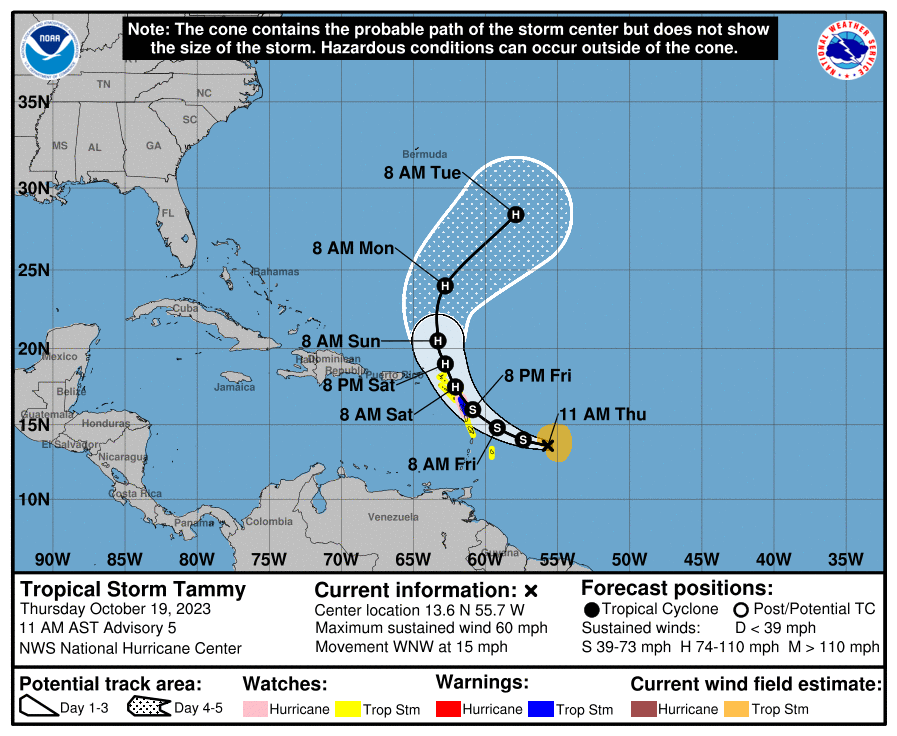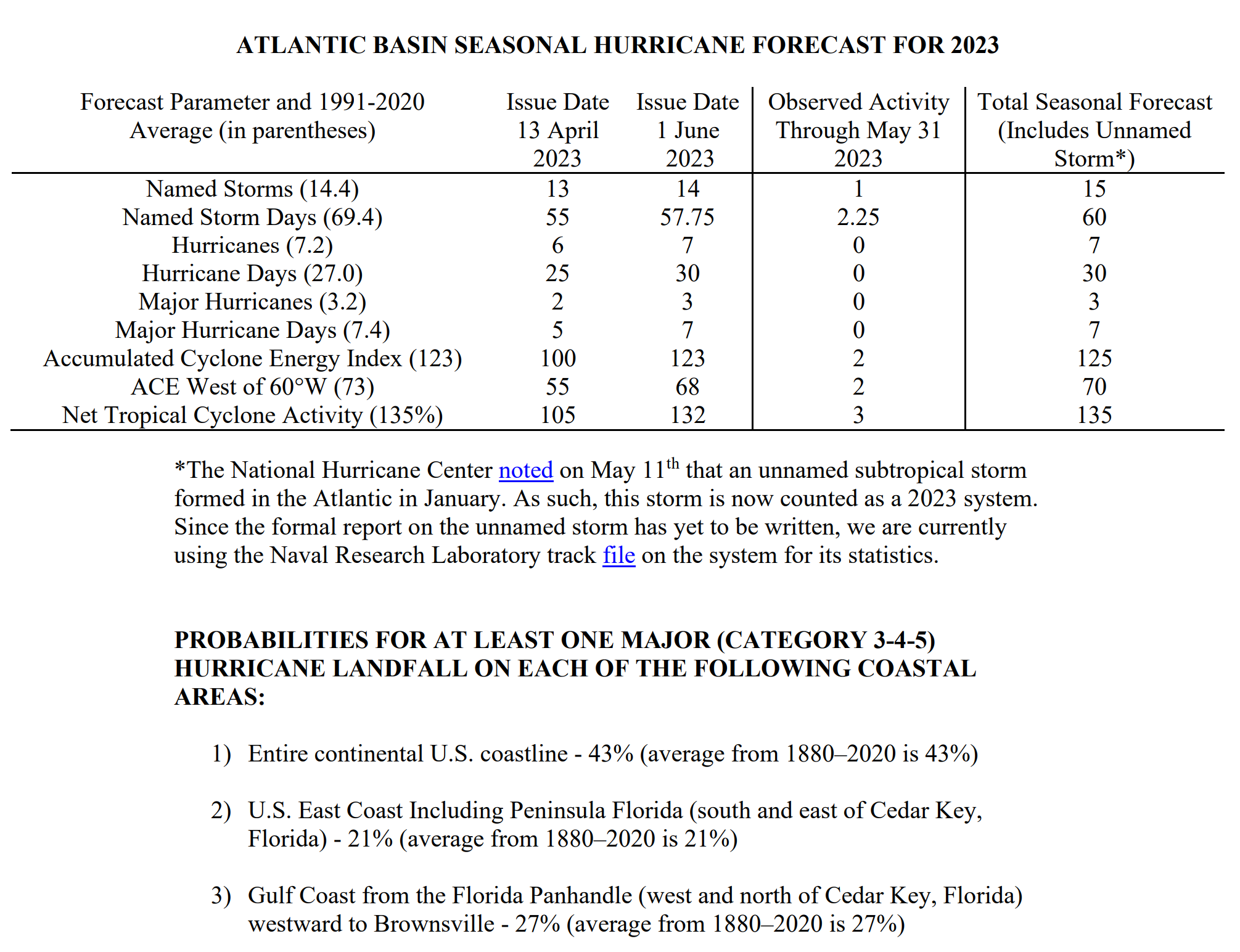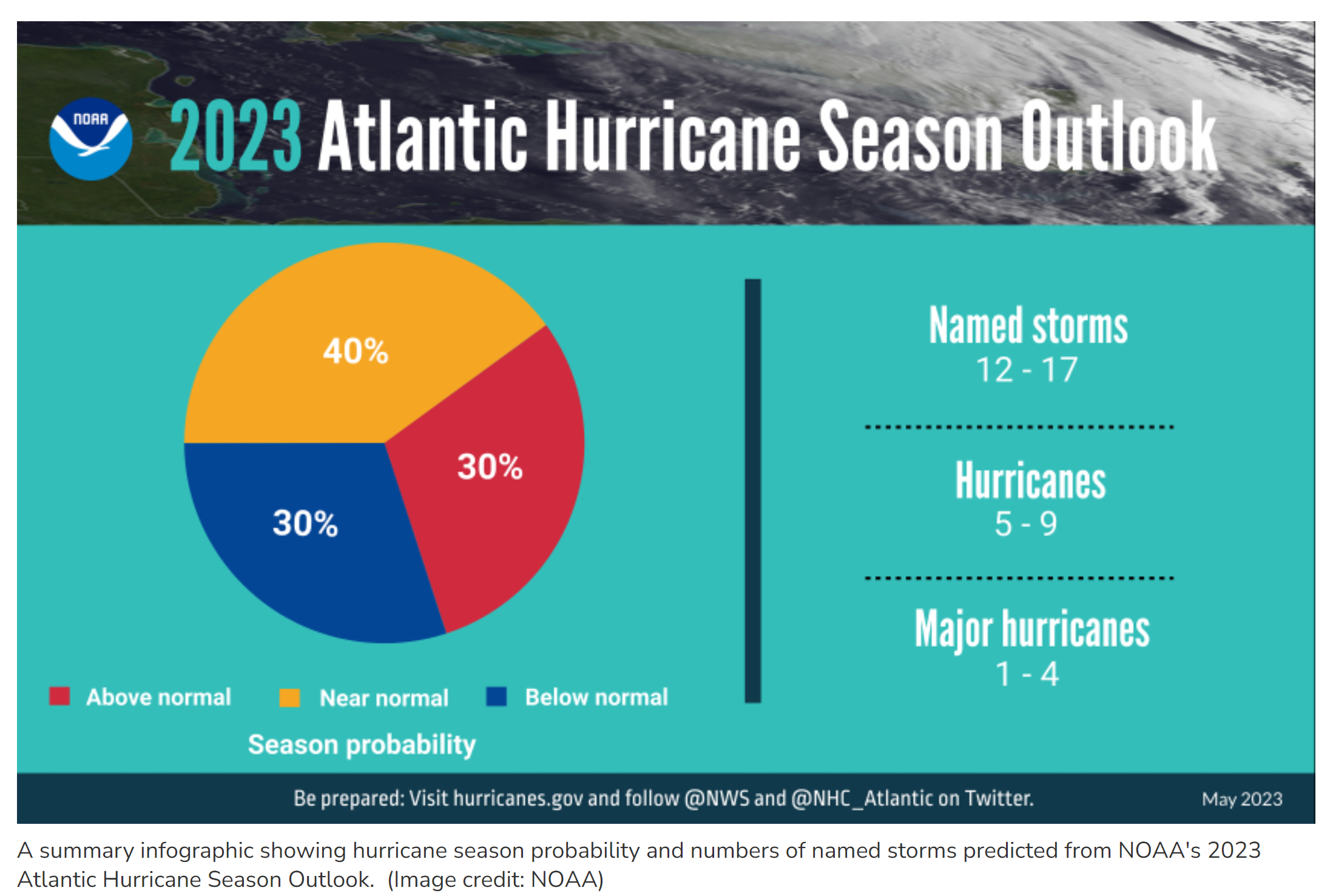Actually, I'm way more up on recent/current pop music than bac, as I need to stay current for DJ gigs/parties, like one I'm doing this weekend for a big 60th bash (100+ people) for some friends, plus I actually like some pop ("Levitating" is her best song, IMO). I once had an admin named Rina and we're still friends - she seemed happy to have a TS with her name, lol.Rina Lipa, 22 yr old sister of Dua Lipa. I'll allow it. (I'm sure WeatherKing Bac would've known this lol.)

Colleges
- American Athletic
- Atlantic Coast
- Big 12
- Big East
- Big Ten
- Colonial
- Conference USA
- Independents (FBS)
- Junior College
- Mountain West
- Northeast
- Pac-12
- Patriot League
- Pioneer League
- Southeastern
- Sun Belt
- Army
- Charlotte
- East Carolina
- Florida Atlantic
- Memphis
- Navy
- North Texas
- Rice
- South Florida
- Temple
- Tulane
- Tulsa
- UAB
- UTSA
- Boston College
- California
- Clemson
- Duke
- Florida State
- Georgia Tech
- Louisville
- Miami (FL)
- North Carolina
- North Carolina State
- Pittsburgh
- Southern Methodist
- Stanford
- Syracuse
- Virginia
- Virginia Tech
- Wake Forest
- Arizona
- Arizona State
- Baylor
- Brigham Young
- Cincinnati
- Colorado
- Houston
- Iowa State
- Kansas
- Kansas State
- Oklahoma State
- TCU
- Texas Tech
- UCF
- Utah
- West Virginia
- Illinois
- Indiana
- Iowa
- Maryland
- Michigan
- Michigan State
- Minnesota
- Nebraska
- Northwestern
- Ohio State
- Oregon
- Penn State
- Purdue
- Rutgers
- UCLA
- USC
- Washington
- Wisconsin
High Schools
- Illinois HS Sports
- Indiana HS Sports
- Iowa HS Sports
- Kansas HS Sports
- Michigan HS Sports
- Minnesota HS Sports
- Missouri HS Sports
- Nebraska HS Sports
- Oklahoma HS Sports
- Texas HS Hoops
- Texas HS Sports
- Wisconsin HS Sports
- Cincinnati HS Sports
- Delaware
- Maryland HS Sports
- New Jersey HS Hoops
- New Jersey HS Sports
- NYC HS Hoops
- Ohio HS Sports
- Pennsylvania HS Sports
- Virginia HS Sports
- West Virginia HS Sports
ADVERTISEMENT
You are using an out of date browser. It may not display this or other websites correctly.
You should upgrade or use an alternative browser.
You should upgrade or use an alternative browser.
OT: 2023 Tropical Weather: Predictions Upped (7/6) to Above Normal...Atlantic Basin Heating Up (8/21/23)
- Thread starter RU848789
- Start date
Complete bust of a season. Small hit in FL and just a bunch of fish storms.
It has been disappointing. With the incredibly warm SSTs in the Gulf and northern Caribbean I was really hoping we'd get a storm that would erase Florida from the map.
I've got family that lives in Cape Coral and took a direct hit from Ian last year. My sister says most of her neighbors still have blue tarps on their roofs. They could use the break before the next big one.It has been disappointing. With the incredibly warm SSTs in the Gulf and northern Caribbean I was really hoping we'd get a storm that would erase Florida from the map.
^What A Libtard Would Post for $1000 Alex.It has been disappointing. With the incredibly warm SSTs in the Gulf and northern Caribbean I was really hoping we'd get a storm that would erase Florida from the map.
I've got family that lives in Cape Coral and took a direct hit from Ian last year. My sister says most of her neighbors still have blue tarps on their roofs. They could use the break before the next big one.
She should move.
Seriously.
The whole place is toast. Utterly doomed.
Hard to justify moving to coastal FL or some parts of CA. Seems like Mother Earth doesn't like those places!She should move.
Seriously.
The whole place is toast. Utterly doomed.
My sister's son-in-law is a captain on the Cape Coral police force. He saw enough during Ian and wants the family to get out of there. Not sure where they were thinking about moving to.She should move.
Seriously.
The whole place is toast. Utterly doomed.
BTW, their section of Cape Coral was one of the luckier ones.
Well, I ignored TS Sean, which was a short-lived storm not far off the coast of Africa last week, but we also now have TS Tammy, named on Tuesday and likely to become a Cat 1 hurricane shortly, as it approaches the Leeward Islands, which will feel some impacts from the storm from late Friday through Saturday (not catastrophic, but substantial in some locations). Fortunately, Tammy is forecast to recurve harmlessly out to sea SE of Bermuda and is not a threat to the US. The seasonal count is now up to 20, well above normal.


Nope...Are we being hit with the remnants of one right now? Sure has that look/feel outside.
Okay thx! Just happy no appointments today. Crappy out there!Nope...
After last year's underperforming tropical season, with fairly normal activity levels, including 14 named storms, of which eight became hurricanes, and two became major hurricanes (vs. the long-term 1991-2020 averages of 14 named storms, 7 hurricanes, and 3 major hurricanes), compared to preseason forecasts for much higher activity, the recent seasonal forecasts from Colorado State (where Dr. Gray pioneered seasonal predictions, which are much more accurate than random guessing) and NOAA are for fairly normal tropical activity levels in the Atlantic Basin this year. However, note that even in a normal year, like last year, all it takes is one monster, catastrophic landfalling storm, like Ian, to make a season impactful.
CSU's prediction is for 15 named storms (vs. the 30-year average of 14.4), 7 hurricanes (7.2 avg) and 3 major hurricanes (3.2 avg), while NOAA's forecast is very similar to CSU's, with predictions of 12-17 named storms, of which 5-9 could become hurricanes, including 1-4 major hurricanes. see the graphics and links below. They do ranges, unlike CSU, but the midpoint of their ranges is reasonably close to CSU's prediction, i.e., 14.5 named storms (15 from CSU), 7 hurricanes (7 from CSU) and 2.5 major hurricanes (3 from CSU).
https://tropical.colostate.edu/Forecast/2023-06.pdf
https://www.noaa.gov/news-release/2023-atlantic-hurricane-season-outlook
https://rutgers.forums.rivals.com/t...rida-and-2022-tropical-weather-thread.241908/
Both groups use much of the same combination of analog-based forecasts (looking back at key tropical indicators, like El Nino and tropical Atlantic sea surface temps (SSTs) for past seasons with similar indicators) and forward-looking dynamical/statistical global weather models and both cite the ENSO (El Nino/Southern Oscillation indicator) state with its developing El Nino conditions (which usually means less tropical activity) and the current warmer-than-normal subtropical Atlantic SSTs (which usually means more tropical activity) as keys to their forecasts.
We'll see soon, but keep in mind that the CSU group, in particular, has been far more accurate (near 70%) with their above normal, normal, below normal predictions than simple climatological guessing would be (1 in 3, on average, if guessing). Now that @RU4Real is back, maybe he'll even have a prediction contest...
And we just had our second tropical storm of the season this past weekend with Arlene becoming a weak TS in the NE GOM with 40 mph winds for about 15 hours; this was after the NHC recently reassessed a strong January storm off the NE US coast and deemed it to have enough tropical character to be called a subtropical storm, which will remain unnamed, but still count towards the seasonal total.


So, how did those tropical forecasts do? Both CSU and NOAA were a bit low on forecasts of named storms (20 actual vs. 15 predicted by CSU and 12-17 predicted by NOAA), but CSU was superb on the more important numbers of hurricanes (7 actual vs. 7 predicted by CSU) and major hurricanes (3 actual vs. 3 predicted by CSU), while NOAA was good, but their ranges are so wide as to be less impressive, i.e., they predicted 5-9 hurricanes (vs. 7 observed) and 1-4 major hurricanes (vs. 3 observed). With regard to named storms, 2023 was the 4th most active season in recorded history, but it was a very average season for hurricanes/major hurricanes. Note that I'm comparing the June forecasts to observations, not the later July/August forecasts, which were for above average named storms, hurricanes and major hurricanes from both CSU and NOAA - I just like looking at the forecast before the season starts, not that the updates aren't relevant.
https://www.noaa.gov/news-release/2...eason-ranks-4th-for-most-named-storms-in-year
On another note, the first forecasts for 2024 will come out in April, although I don't really pay much attention until the June forecast, which is actually when the season begins, but many experts in the field are predicting a very active season already, given the insanely high Atlantic sea surface temps (highest ever by some margin) and the likely end to El Nino (very soon) conditions in the equatorial Pacific, as the ENSO forecast is for a moderate La Nina (colder than normal ocean temps in the equatorial Pacific) to be in place this summer through the fall. SSTs and ENSO state are two of the main factors that have been correlated to Atlantic Basin tropical activity. Also, all things being equal, warmer ocean temps are very likely to lead to more powerful tropical systems, for those which form, as warm waters are what fuels hurricanes (via evaporation, which is easier when the water is warmer). Will start a 2024 thread in June...
https://www.wfla.com/weather/climat...d-territory-months-ahead-of-hurricane-season/
That's like saying I think Rutgers Football will win 3-8 games this season. WOW, what a brave forecast!
@RU848789 I think this bold prediction should get me into legendary status like some other poster on this board, right?
I'm going with 17/7/3.
So I was close to 20/7/3 - I feel like a couple of the named storms were storms for like 10 minutes and would not have been named in years past.
That's very good! I always go with CSU, so mine was 15/7/3, which is pretty good. Too bad 4Real isn't posting any more, as he used to do the contest...@RU848789 I think this bold prediction should get me into legendary status like some other poster on this board, right?
So I was close to 20/7/3 - I feel like a couple of the named storms were storms for like 10 minutes and would not have been named in years past.
Similar threads
- Replies
- 553
- Views
- 35K
- Replies
- 412
- Views
- 23K
- Replies
- 87
- Views
- 4K
- Replies
- 160
- Views
- 6K
- Replies
- 80
- Views
- 3K
ADVERTISEMENT
ADVERTISEMENT